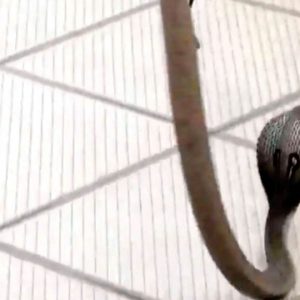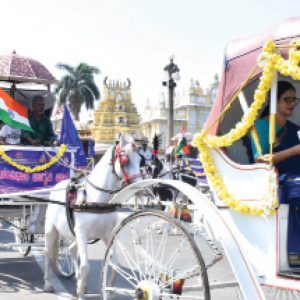Judged by the parameter of the family’s monthly income to meet even the basic needs of life, popularly known as roti-kapada-makan, a typical village resident fares very poorly compared to a typical urban resident, thanks to many avenues of earning money in urban space. The comparison, revealing the stinging urban-rural divide on count of cash that the families of the two sections in the population are known to command, may have triggered the top brass in the Government to issue public statement of doubling the income of the farming fraternity. Granting that the measure may enable the rural families to move from the zone of misery to that of comfort, the ongoing exodus of rural residents to urban spaces may abate to some extent, provided the migrants realise that the higher cost of living in cities will more than offset the incremental income that is earned. Doubling the income of rural families, if achieved mainly by substantially raising the minimum support price of their agro produce, the urbanities will have to cough up more cash to buy their food, leading to the ridiculous outcome of the solution worsening the problem.
Saint Purandara Dasa’s prescription of voluntary poverty, keeping a check on the desires to possess luxuries of life, obviously, doesn’t have many takers in this era. Even the philosophical thought that “It is not he who doesn’t have that is poor, but it is he who desires for more is poor” seems to mock at poverty. This thought conflicts with the suggestion being made in some circles to expand consumption by public in order to arrest slowdown of the economy.
Talking about poverty gripping millions of the land’s people, rural and urban to different extents and in diverse ways, in general terms and poverty of a particular family don’t suggest action to address the hardship that poverty brings in its wake. Further, toying with either definition of poverty or changing figures of its percentage in the country’s population in different years and also inferring that the malady is reducing to a significant extent have tended to be academic, while these features are relevant in framing policies to alleviate poverty. Ironically, the often publicised rags-to-riches stories of persons rising to top positions or succeeding as entrepreneurs through honest and preserving efforts are only flashed in the dailies about which the sections bugged by abject poverty are totally unaware of.
The views of various agencies concerning poverty in the land needs to be crystallised for laying the road map of action to address the underlying reasons for the malady. The suggestion sourced to some circles on reviving rural-friendly trades that engage the rustics in producing various consumer goods and enabling them to market their produce to generate income has its merits. Success of this effort depends on marshalling teams committed to the task.








Recent Comments